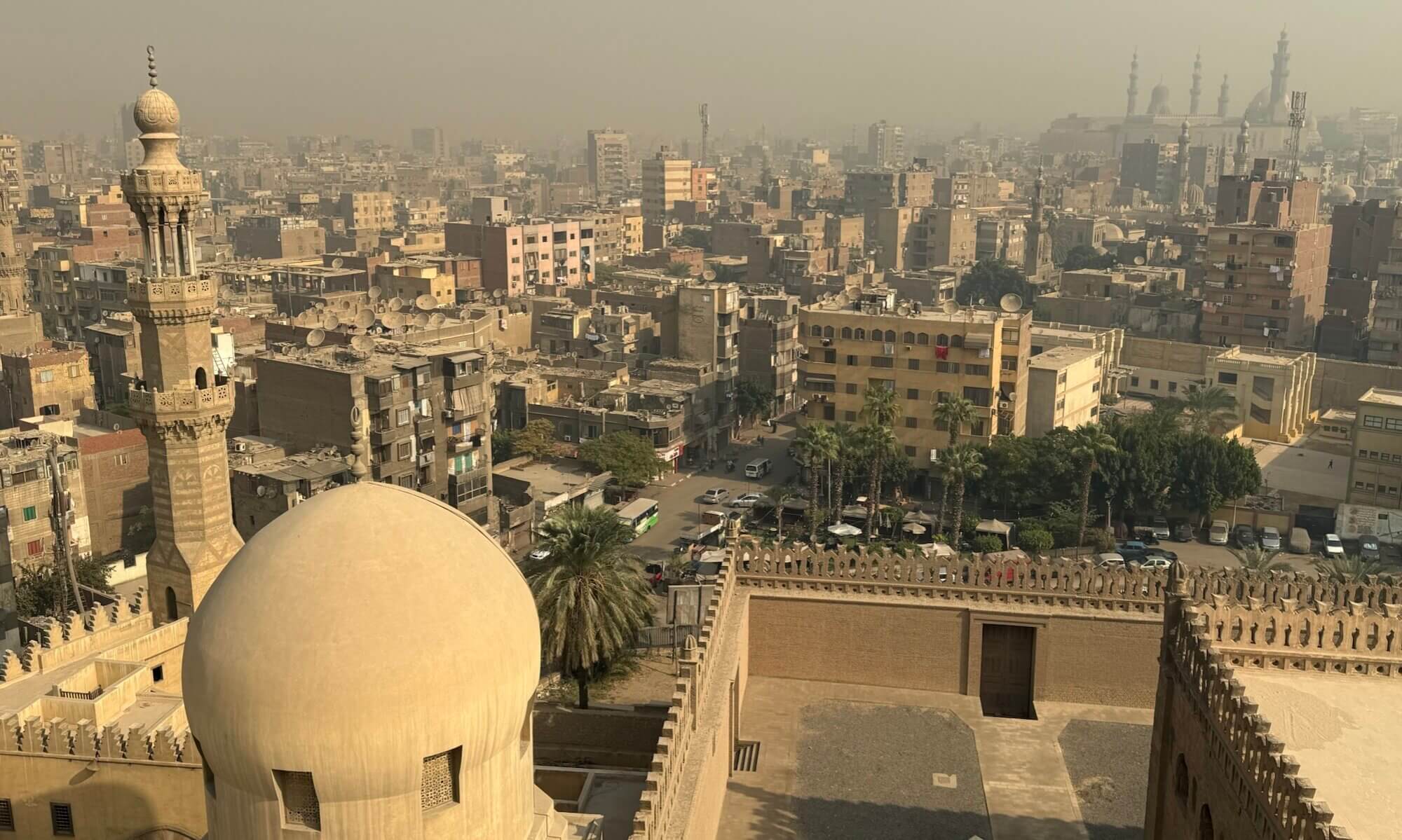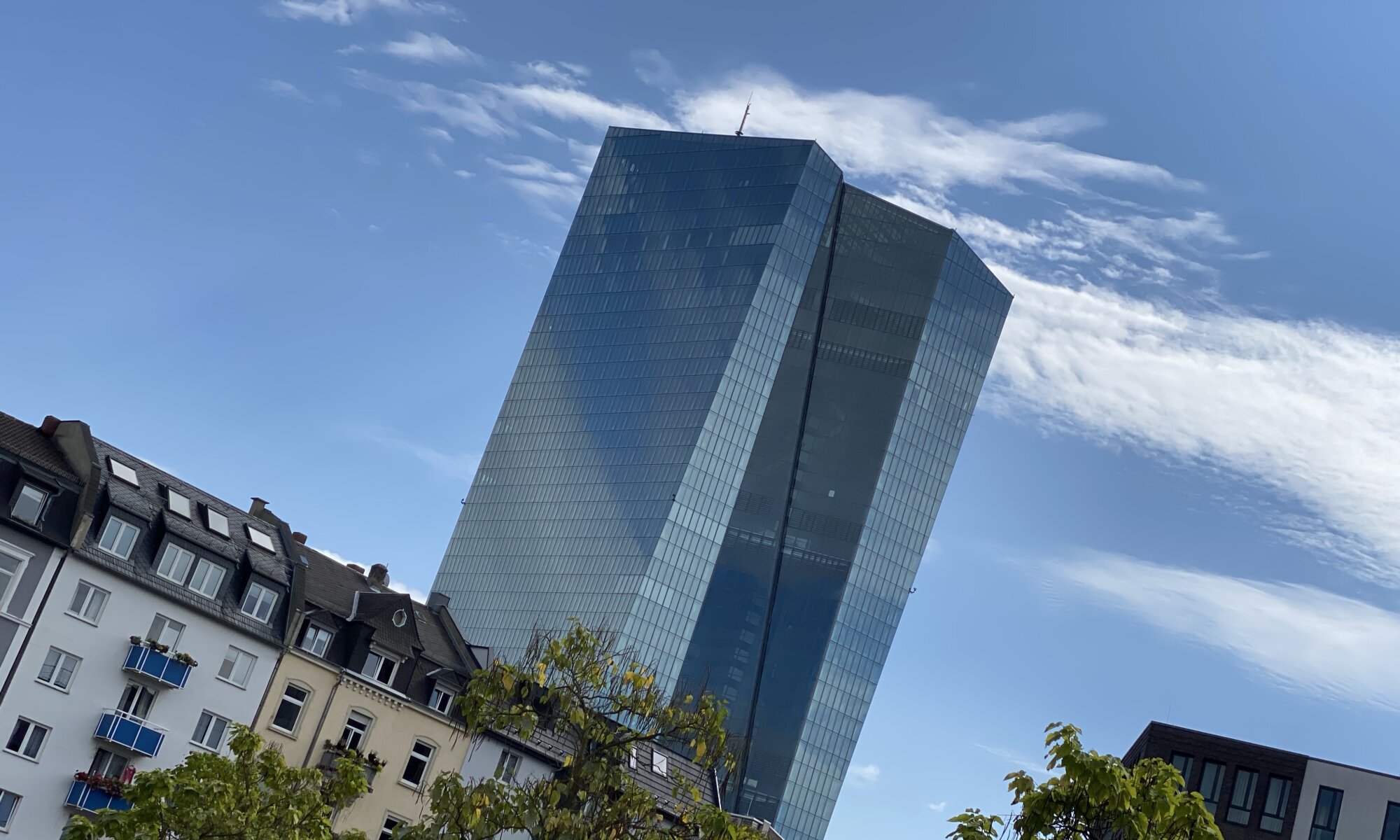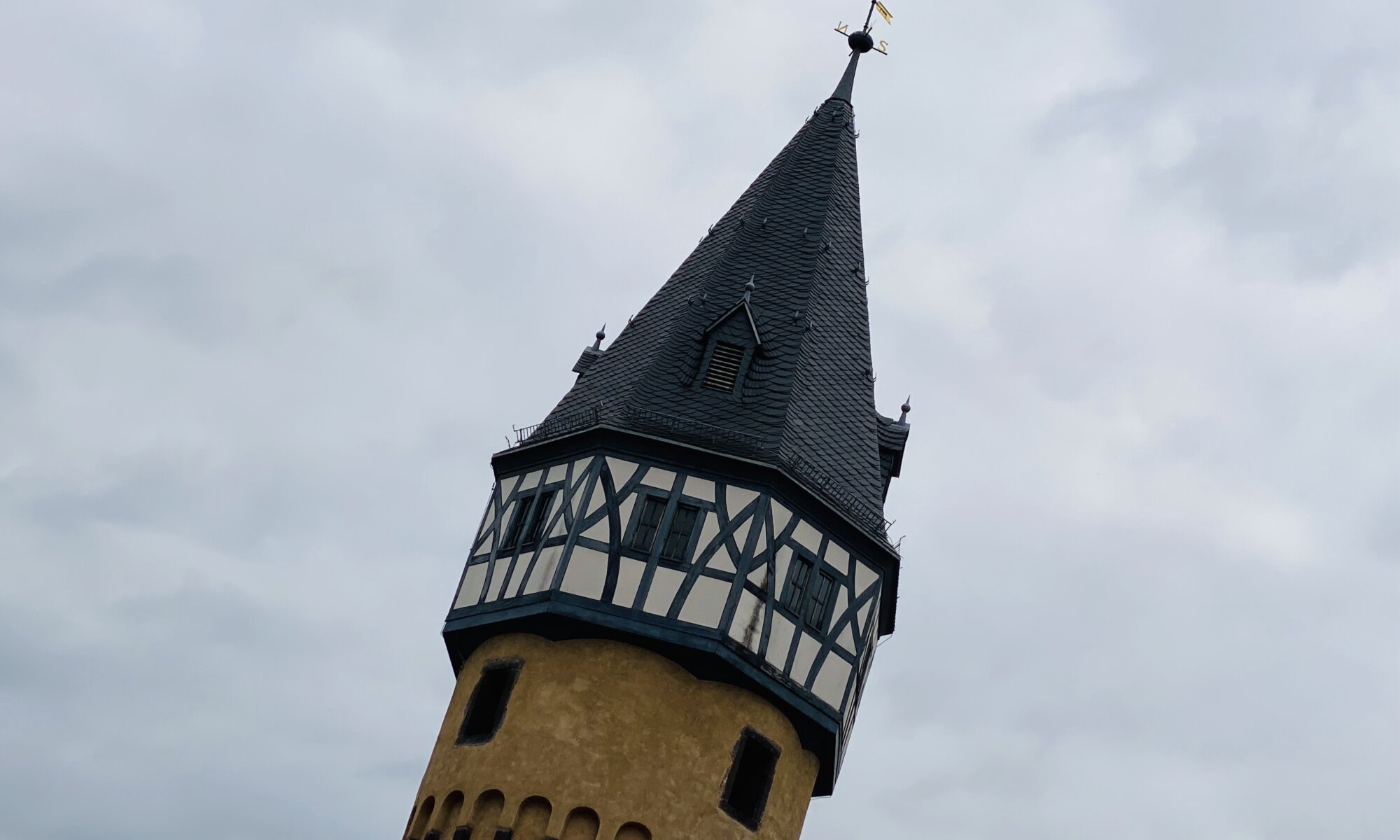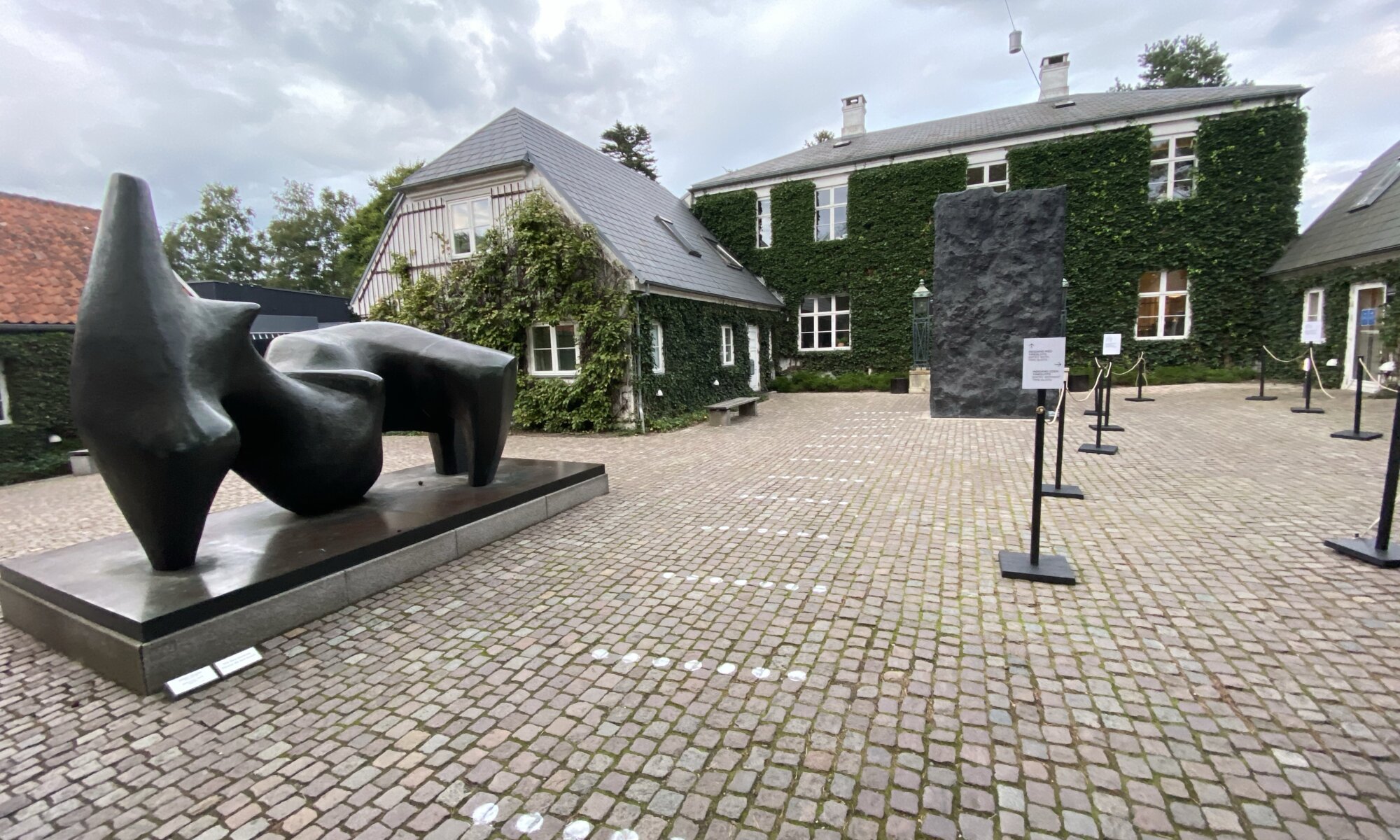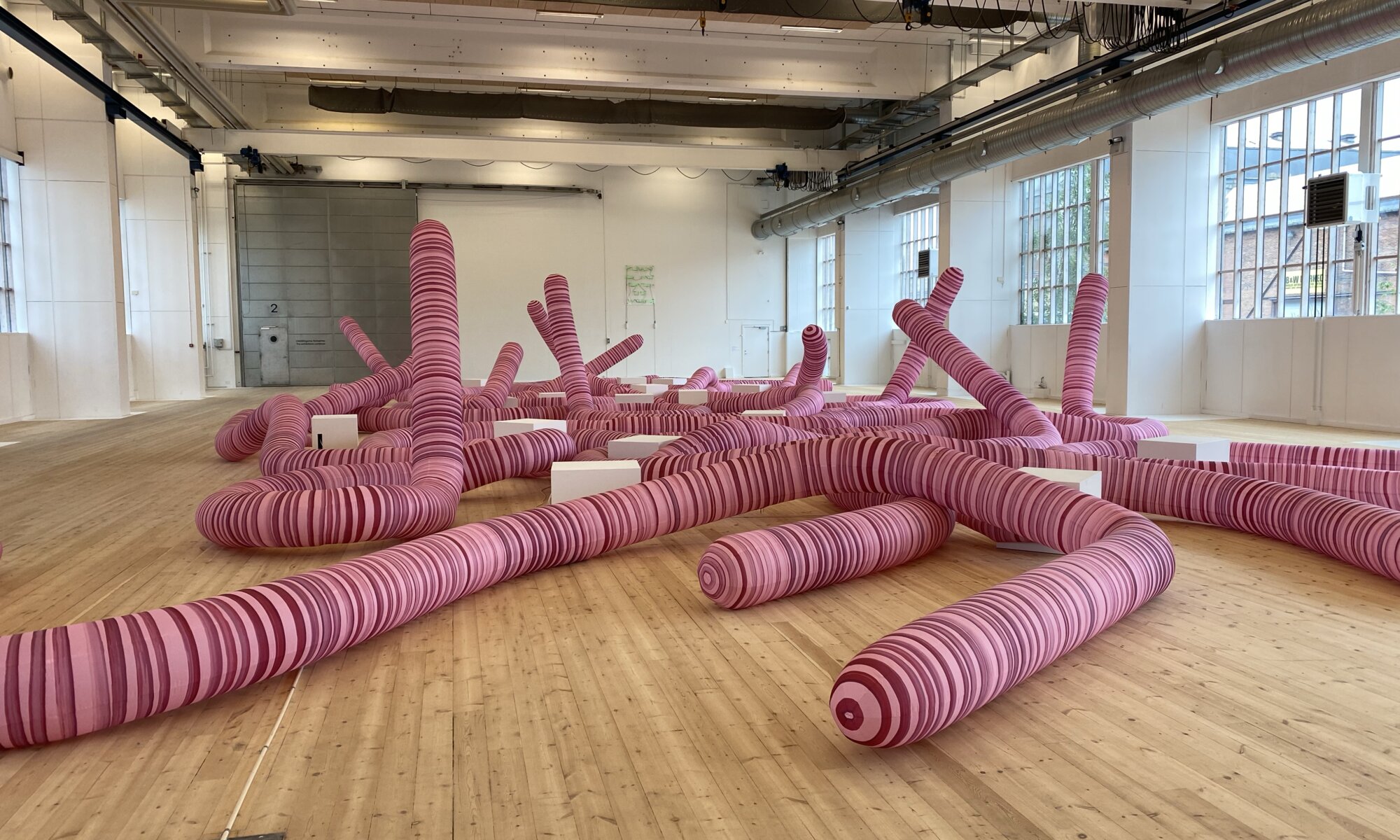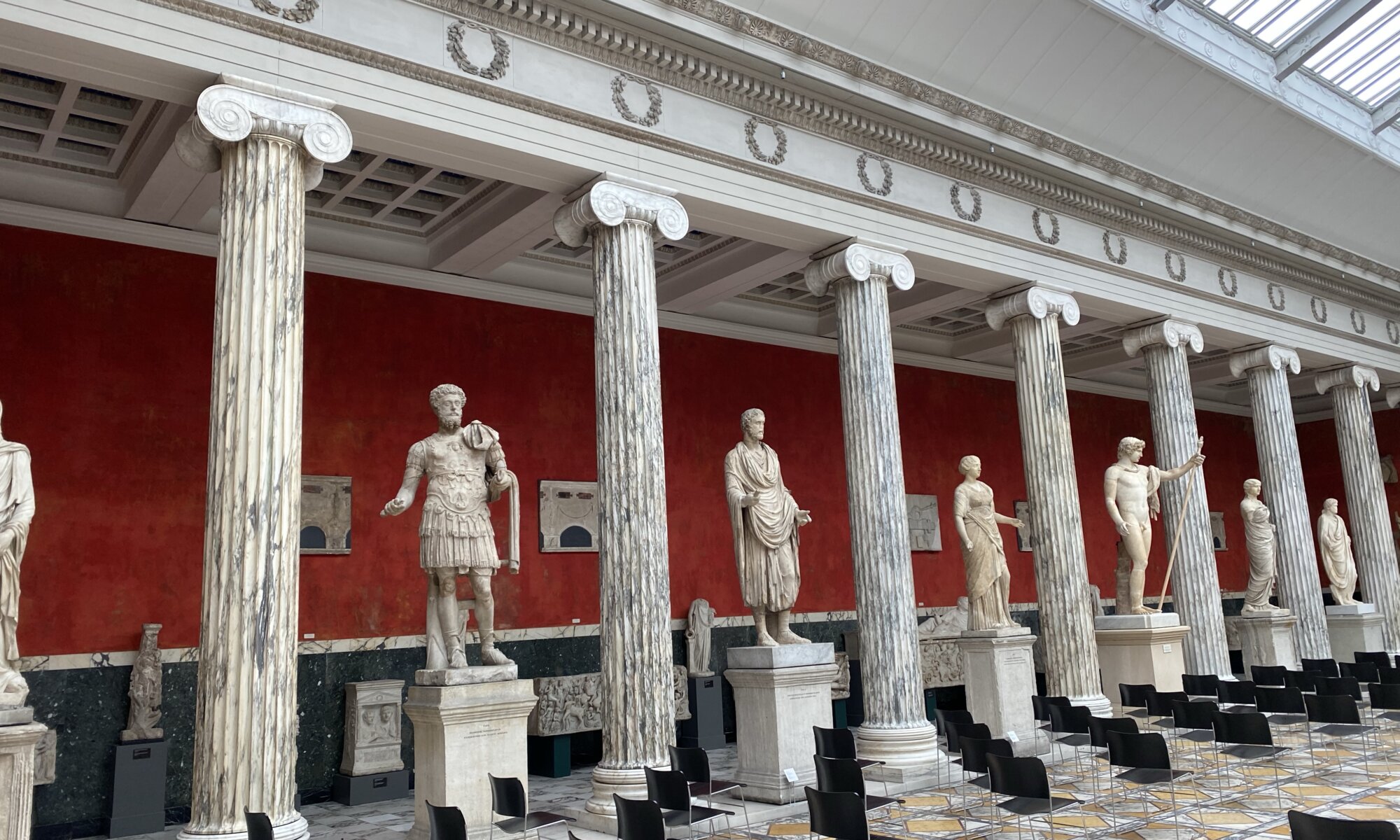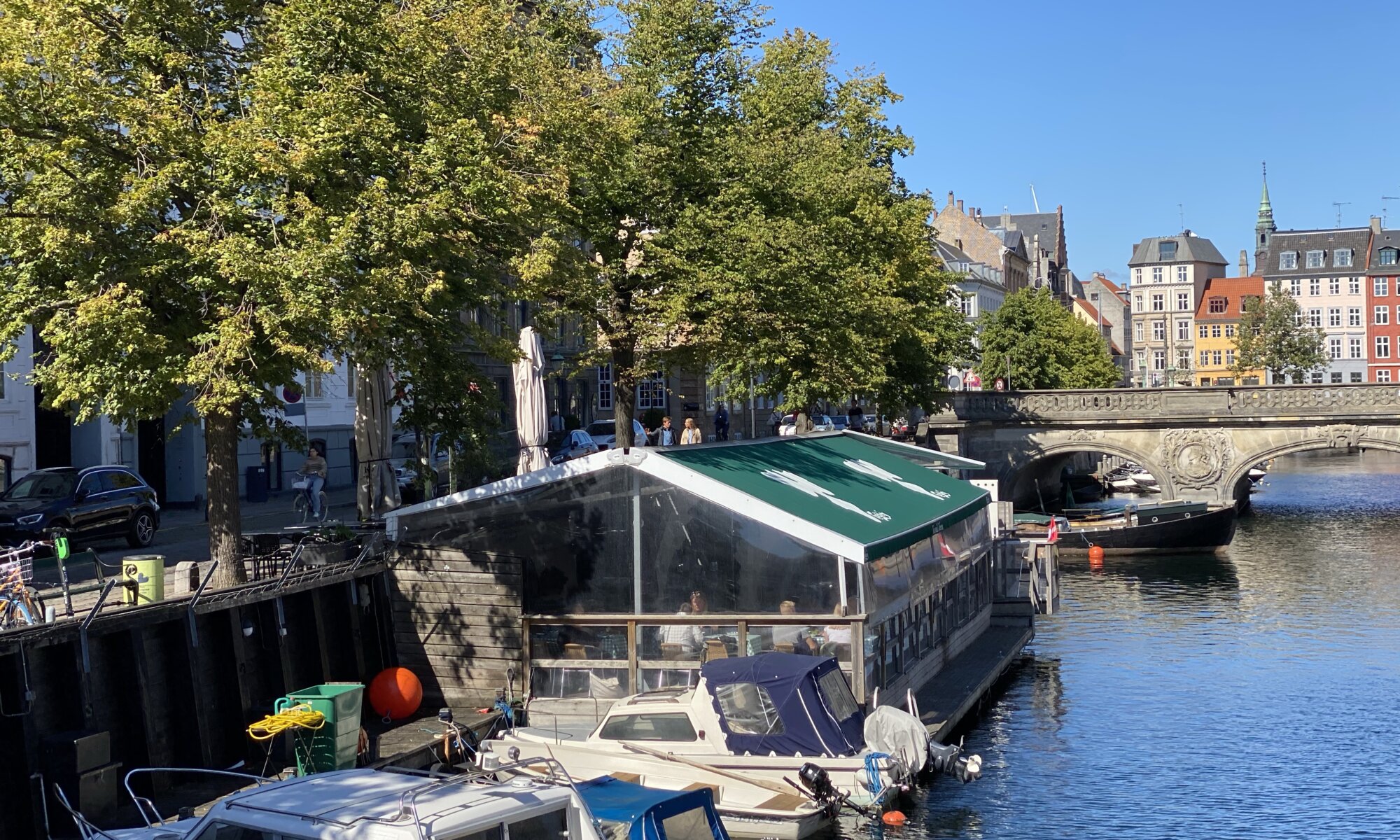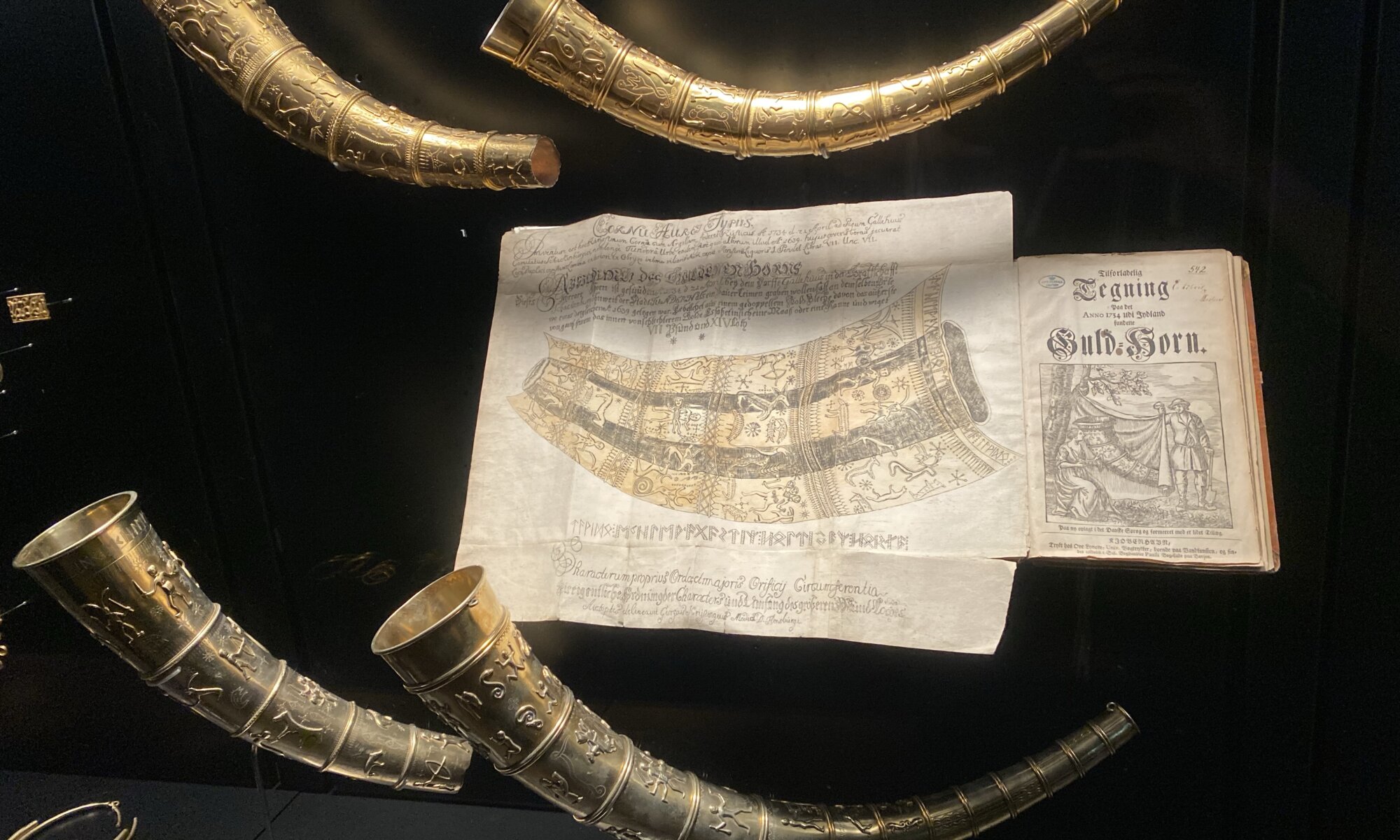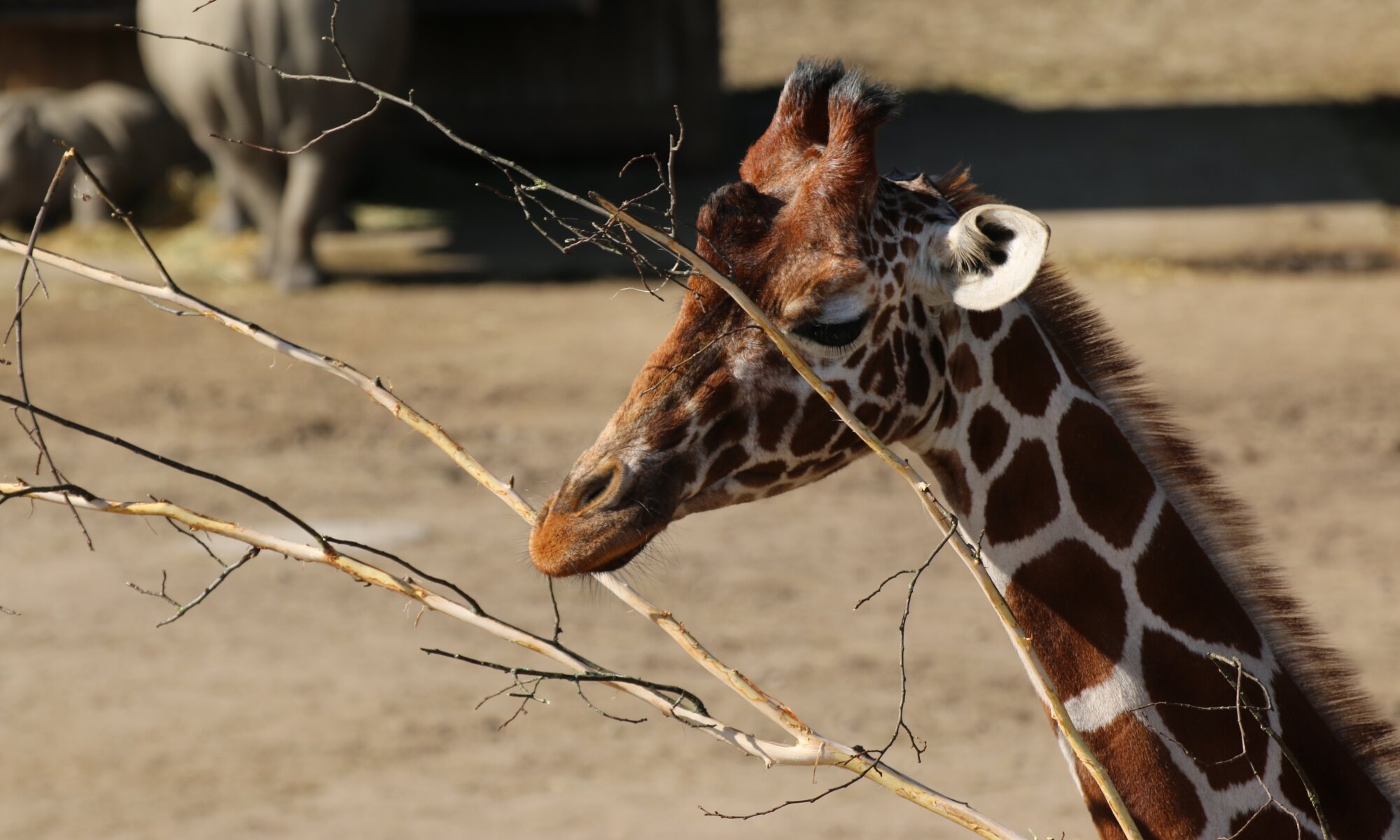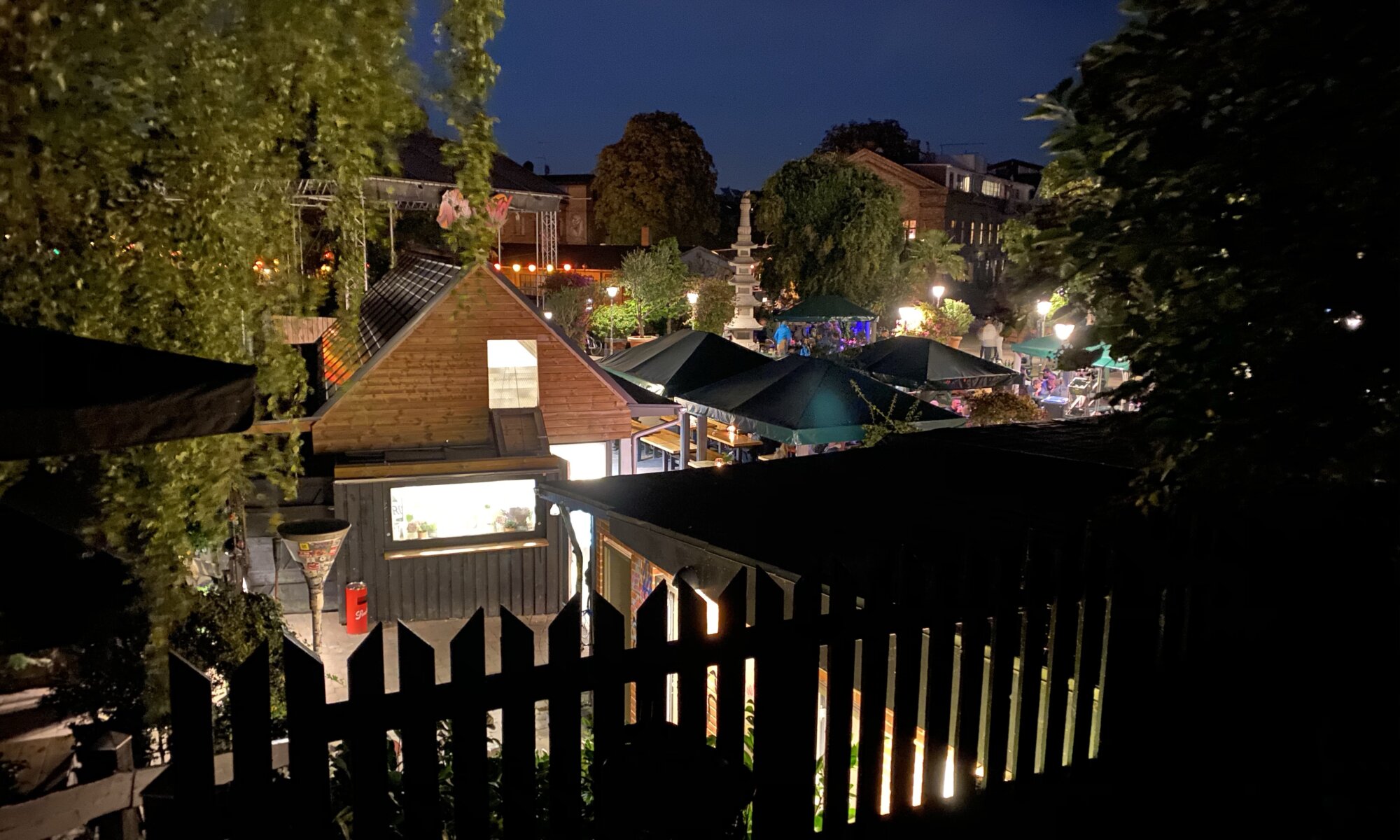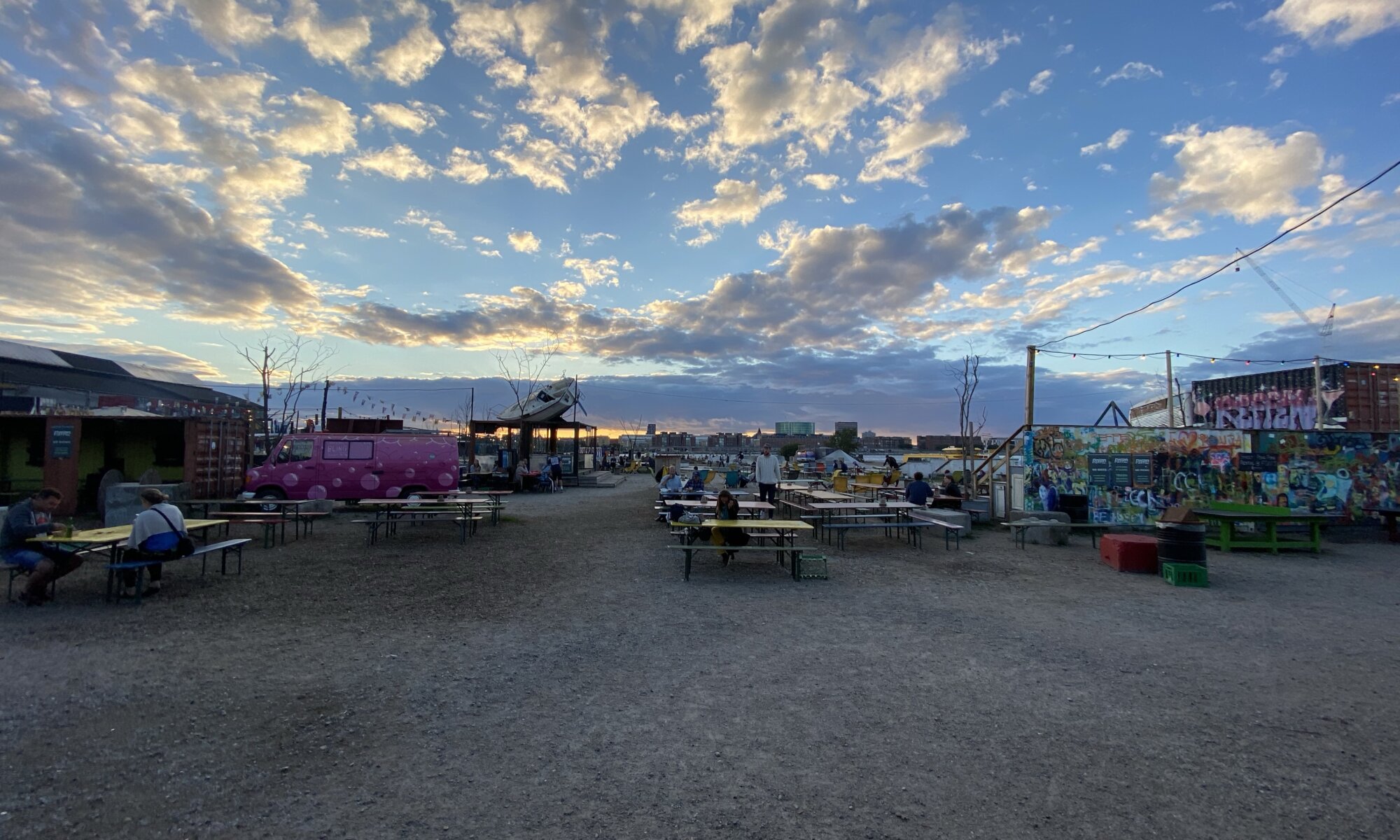When passing through the East of Frankfurt you might certainly see a giant skyscraper. It doesn’t look like a part of a skyline – it is standing out and surrounded by rather small buildings and residential zones. The giant glass windows look like a giant mirroring and it is really an amazing piece of architecture. That doesn’t only seem to be my opinion; for some years, every time when I was passing through the Ostend with friends one of them said: ‘Do you see this building? That is the new European Central Bank!‘. Proudly. Like it doesn’t happen so often with a skyscraper in Frankfurt.
Continue reading “Mirroring the clouds”Café Crumble
There are endless good options to have a nice breakfast in Frankfurt, Germany. But if you’re looking for a plain, non-touristy coffee bar aside from the busy city centre you might like the Café Crumble. It is located not far away from the Bockenheimer Warte and offers seats inside and outside in a small backyard. The Crumble is a cosy place which offers a small but good range of breakfast: from vegetarian to sea fruit, from sweet to Greek.
Continue reading “Café Crumble”Traveling for art
I had already planned my visit to the exhibition Fantastic Women at the Schirn in Frankfurt, Germany. And then SARS-CoV-2 hit Germany and the whole planet. Gone were my options to responsibly visit this exhibition of female artists in Surrealism. But everything bad also brings something good: as the exhibition travelled further on to the Louisiana Museum of Modern Art in Humlebæk I had a very good reason for a trip to Denmark.
Continue reading “Traveling for art”Danish minimalism
I’ve been disappointed by so many museums for contemporary art that my expectations are pretty low when visiting one of them – that protects me very well. The Copenhagen Contemporary or short CC is a nice one on the Refshaleøen peninsula in København. What you should know in advance is that they exhibit a very small number of artworks, but that those are often very large. The old industrial halls are perfect for giant items that can’t be shown in most museums.
Continue reading “Danish minimalism”Glyptotek
A collection of sculptures doesn’t sound so inviting for you? Think twice! I would also visit the Ny Carlsberg Glyptotek in København if it would be completely empty – because already the fantastic staircases and the giant hall with palm trees in the centre of the building are simply amazing. Within you can find modern sculptures and antics from Greece and Rome and also some impressionist art – a wonderful combination.
Continue reading “Glyptotek”Kanal-Caféen
Do you remember The Muppet Show and its Swedish chef? In the German version, he is from Denmark and singing the song ‘Smørrebrød, Smørrebrød røm, pøm, pøm, pøm‘. Smørrebrød is just bread with butter and if you want to taste this Danish speciality – most often with fish – then you have plenty of options in the Danish capital city.
Continue reading “Kanal-Caféen”Meet the Vikings
The national museum or Nationalmuseet of København is a wild mix of items and themes typical for Danish history. It starts in the very beginning, covers medieval times as well as modern developments. The museum is very modern, with a very open architecture and an inviting playground for all ages.
Continue reading “Meet the Vikings”Savannah
You don’t see panda bears that often in zoological gardens – but in København you can watch them relaxing in the sun. Another rather rare animal is the Tasmanian Devil, it was the first time in Denmark that I’ve seen this fantastic animal. The Zoologisk Have København is a wonderful middle-sized zoo that was founded in 1859. It is home to around 3,500 animals of 250 species and it groups the animals according to the places in the world where they are living.
Continue reading “Savannah”No photo!
The Fristad Christiania is a special place in København. You shouldn’t walk in, enjoy the lights in the evening hours and try to take a photo. I made this error and was directly approached by someone who wanted to make sure that the picture is deleted – and therefore wanted to check my smartphone. Why is that? Christiania is still a place where illegal drugs are sold and consumed and clearly, nobody wants to be pictured while doing illegal things.
Continue reading “No photo!”Street food zone
While being a solo traveller I really love street food markets. You don’t want to sit alone in a restaurant waiting for dinner (even though a good book can make such a situation pleasurable). Also, a street food market is a perfect place to taste local dishes, experimental creative food and the classic international dishes. Therefore it is no wonder that I visited the Reffen streetfood market more than once during my trip to København.
Continue reading “Street food zone”